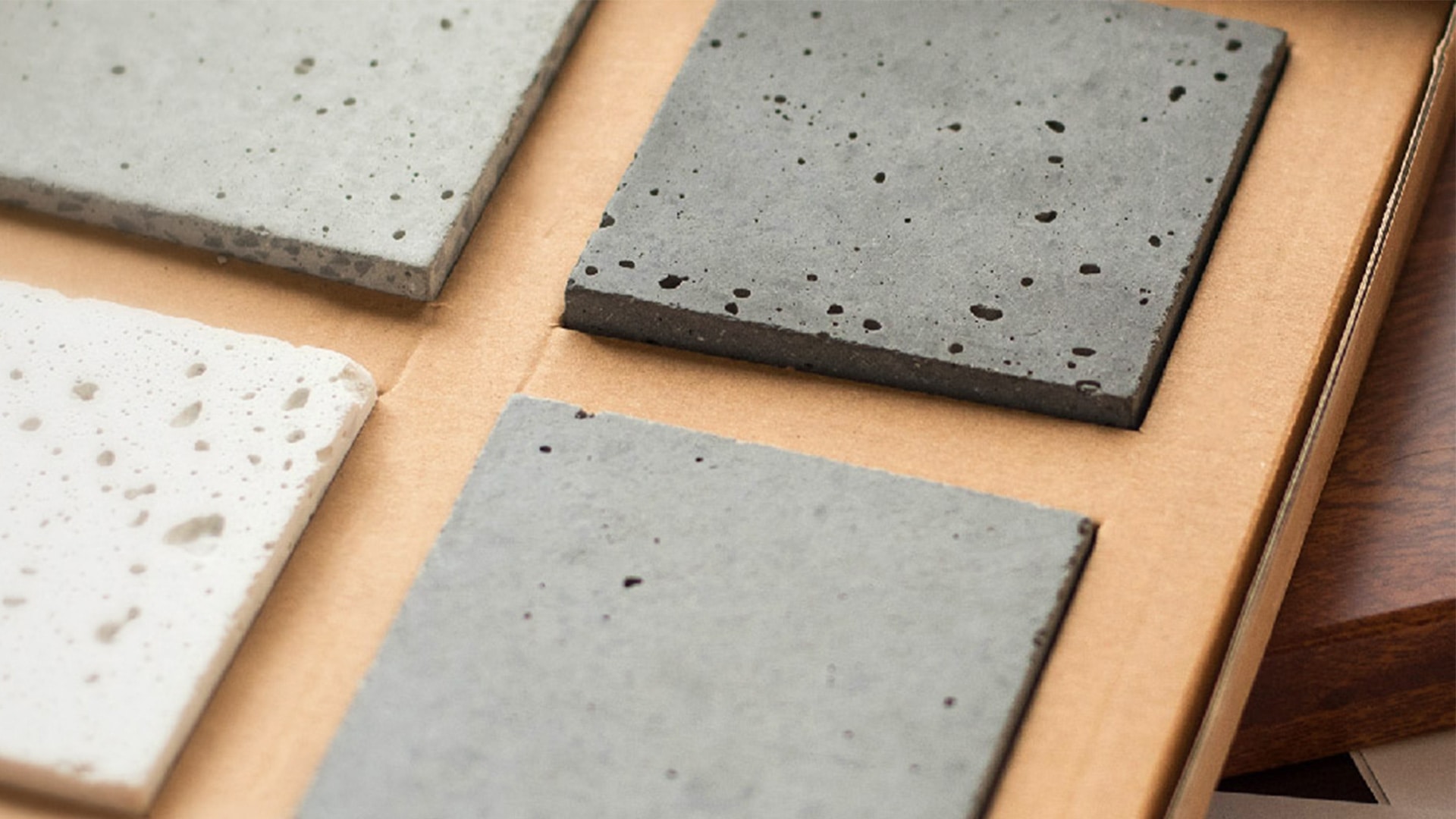Architectural concrete – advantages and disadvantages
Architectural concrete is becoming more and more popular. Raw aesthetics and unusual material properties make it eagerly used both in the interiors of houses and in the garden. Architectural concrete is used for kitchen countertops, wall and facade panels, furniture, floors and fences. Let's look at what makes this beautiful material gaining popularity recently.
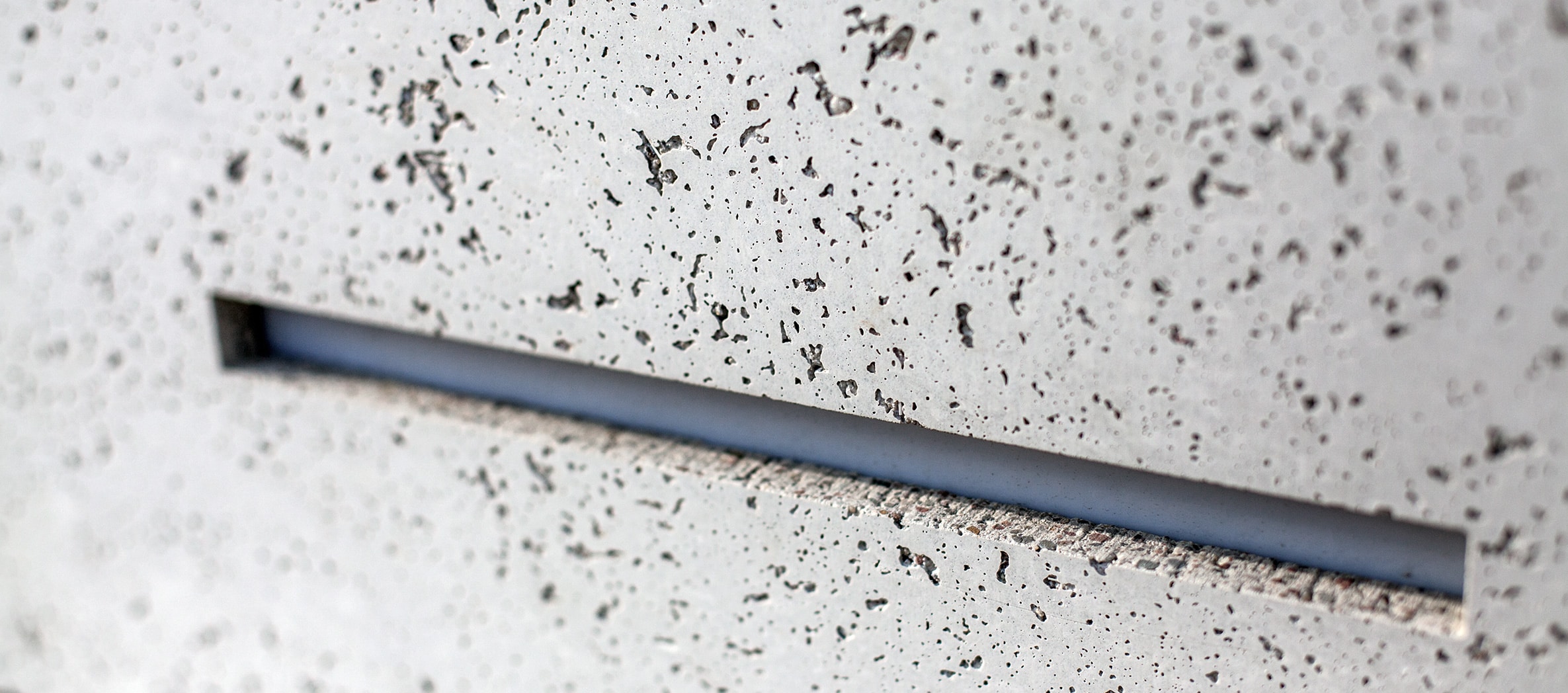
Architectural concrete - what exactly is it?
Architectural concrete differs from standard concrete mainly in aesthetic qualities. In fact, it is an standard concrete of grade not lower than C 30/35, but it is used for both decorative and construction purposes. Depending on the mixture used, it may have a smooth or porous surface. Thanks to the use of special molds, during production any patterns and textures can be created, and dyes allow you to create a variety of colors. Most people, however, value concrete for its natural, gray color.
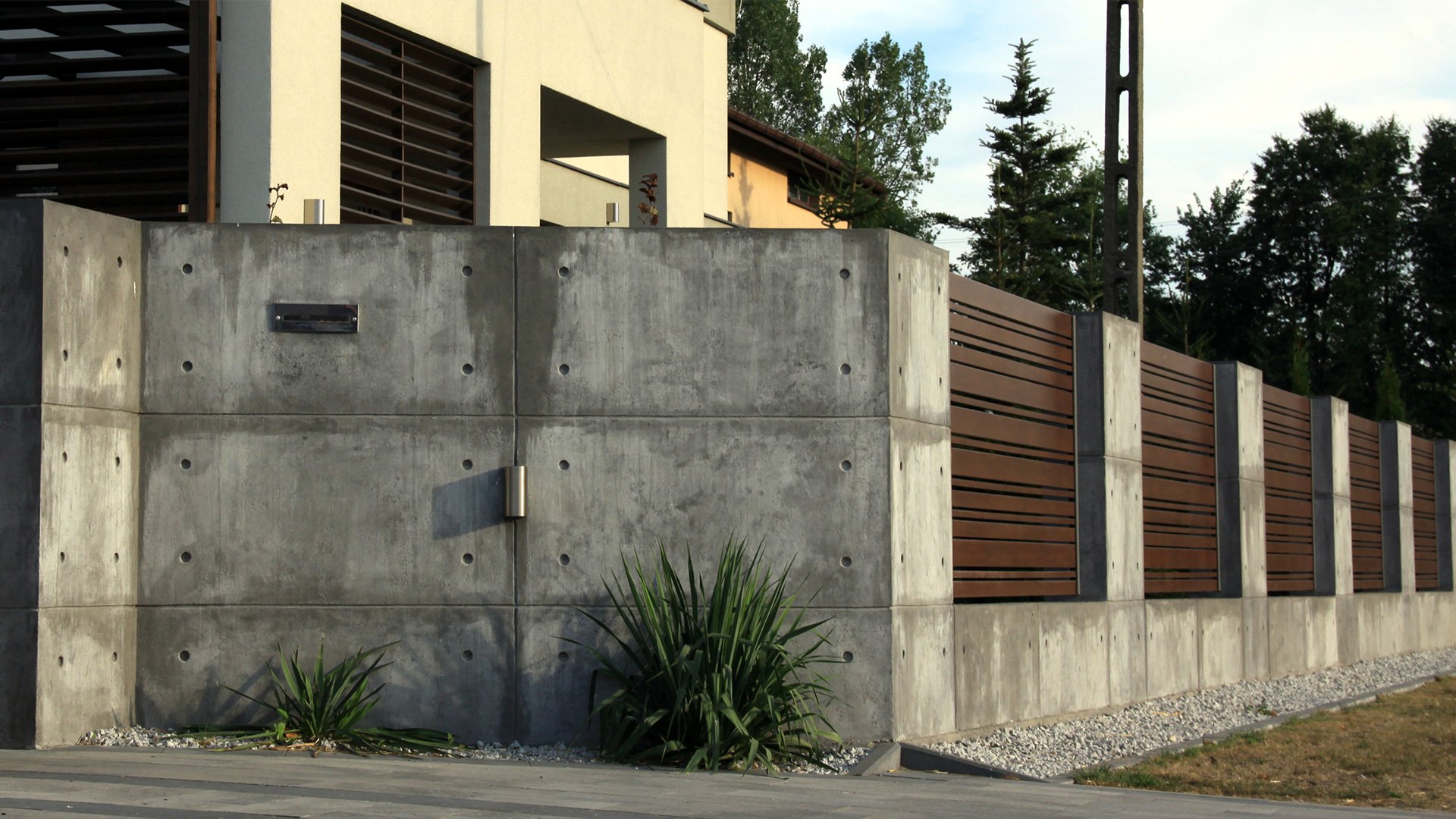
Advantages of architectural concrete slabs
Architectural concrete slabs have many advantages. Properly impregnated material is resistant to scratches, high temperature, water and weather conditions. The boards are also flame-retardant, abrasion resistant and do not dust. The production technology allows to obtain boards of any size and shape, so the arrangement possibilities are practically unlimited.
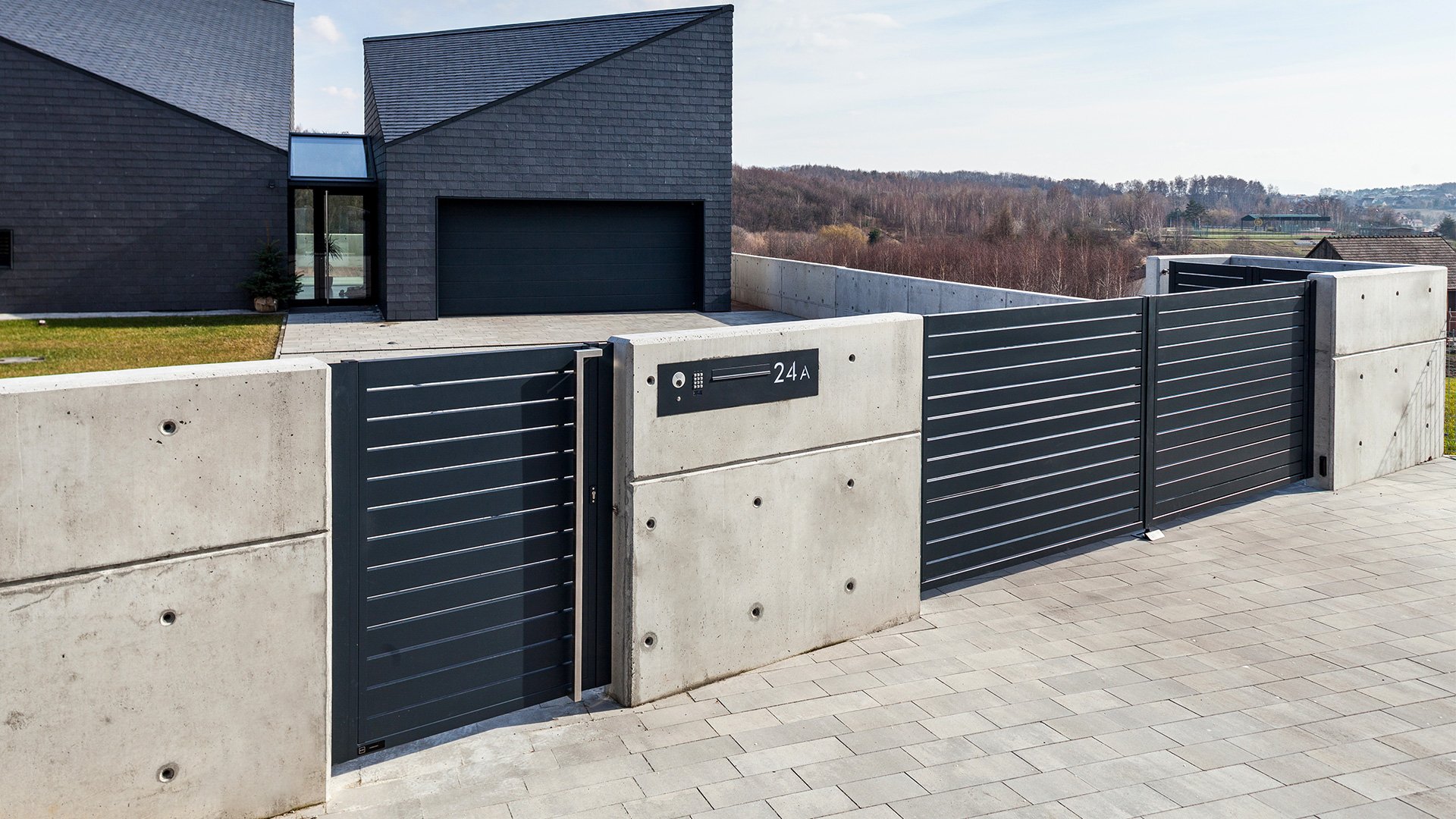
Disadvantages of architectural concrete
One of the disadvantages of architectural concrete is its weight. Big slabs can weigh even more than 50 kg, so it is important to use a solid attachment. When buying slabs, pay attention to their quality. During production, special reinforcements are added to the mix and impregnants are used. Cheaper solutions may prove to be of lower quality and less durable, and therefore not suitable for use in some places, especially outdoors.
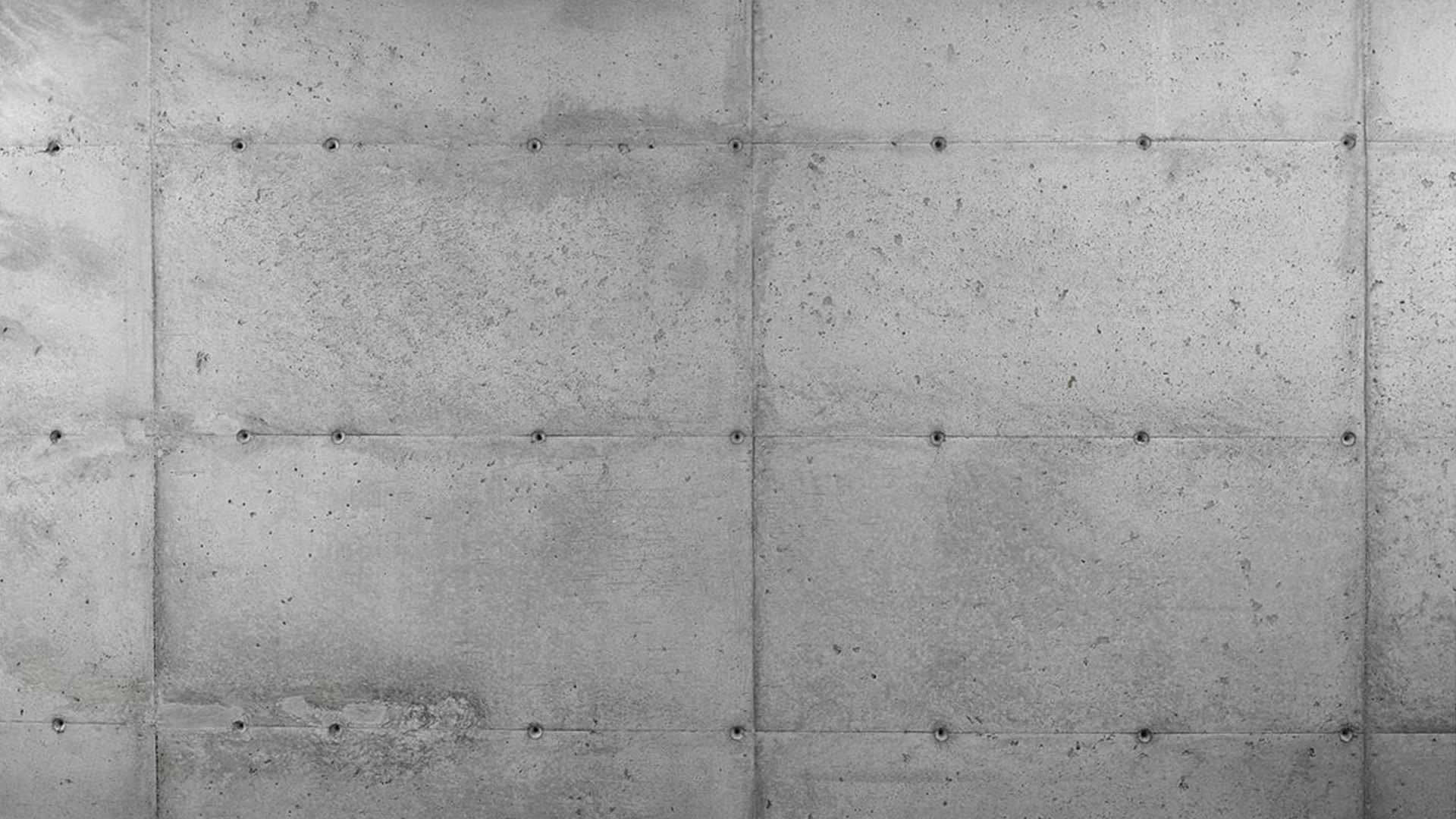
Concrete fences
Architectural concrete slabs are great for building full fences, as well as for posts and underpinnings, filled with any fencing panels. They can also be used for the construction of terraces and elements of small architecture in the garden, as well as covering the facade of buildings. This allows you to create an extremely coherent and stylish arrangement. Architectural concrete is the ideal material for fencing, especially if you care about the sense of privacy and sound insulation.
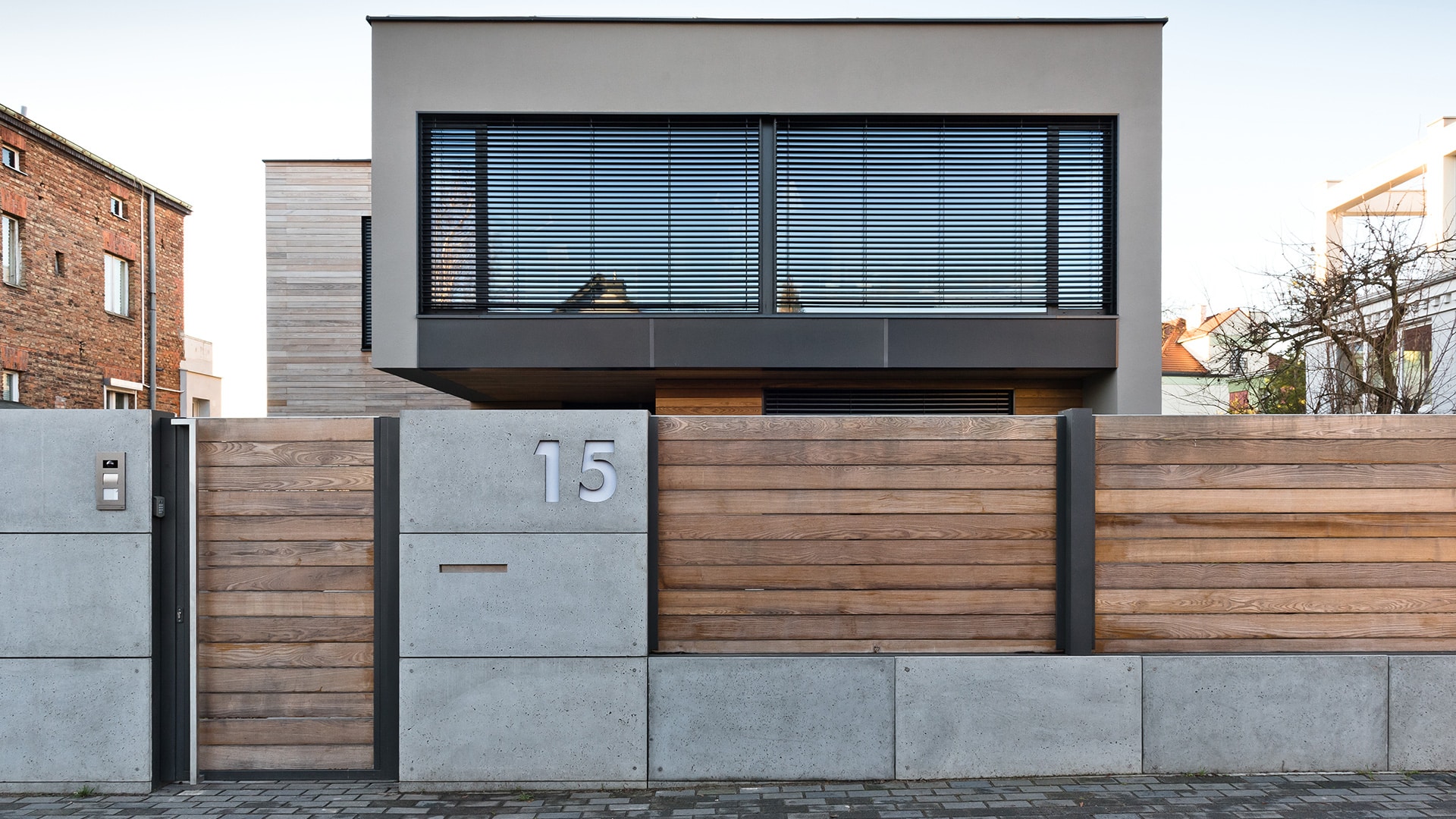
Concrete used in Xcel fences
Our clients can choose from four different shades of concrete. The boards used in the Rockina Cubero system and Xcel facades are reinforced with polypropylene fiber and coated with a hydrophobic coating. They also meet European standards in the field of frost resistance and requirements for concrete of C30 / 37 class. The panels used by us are durable and well protected against weather conditions in our climate.
